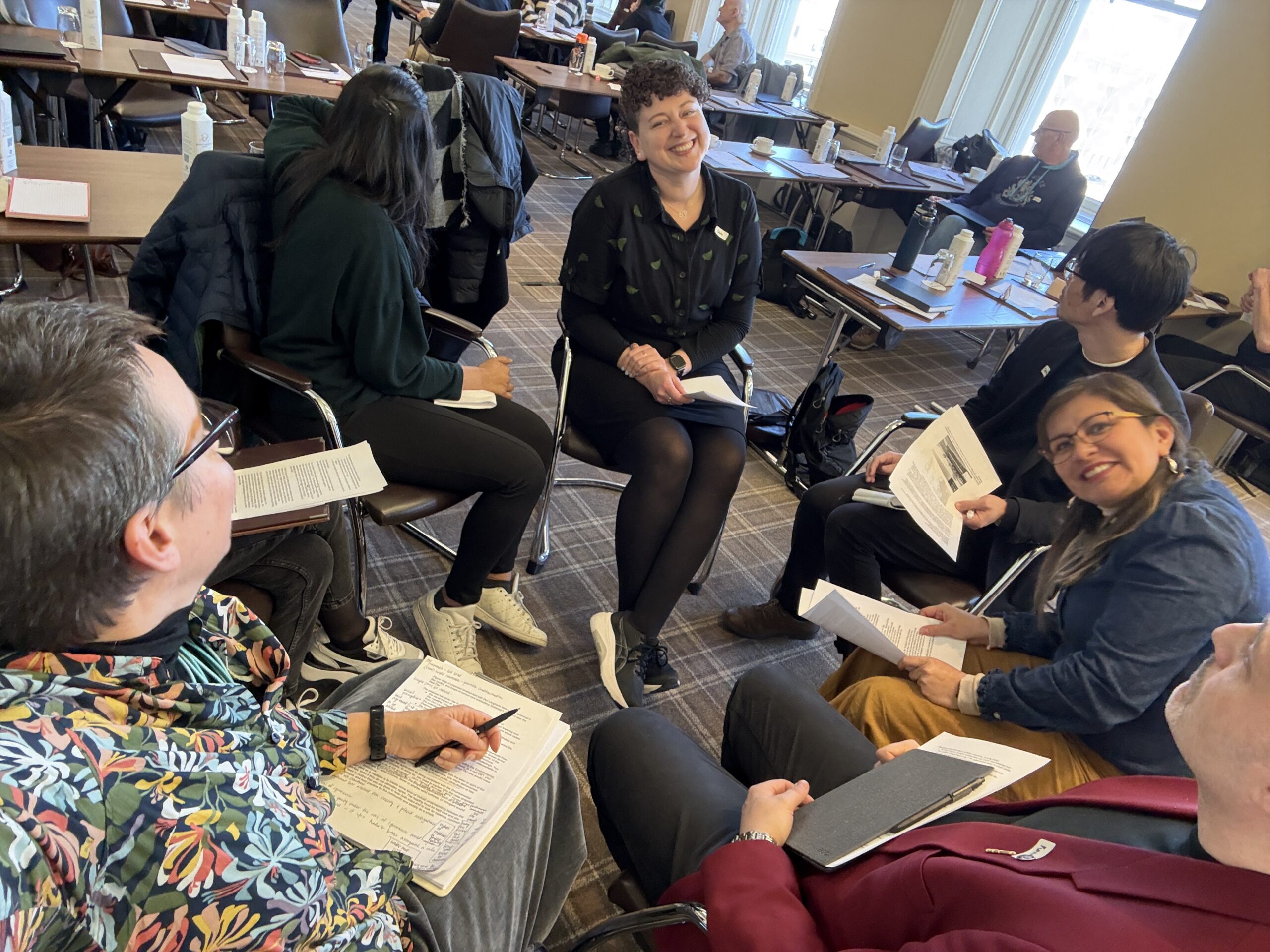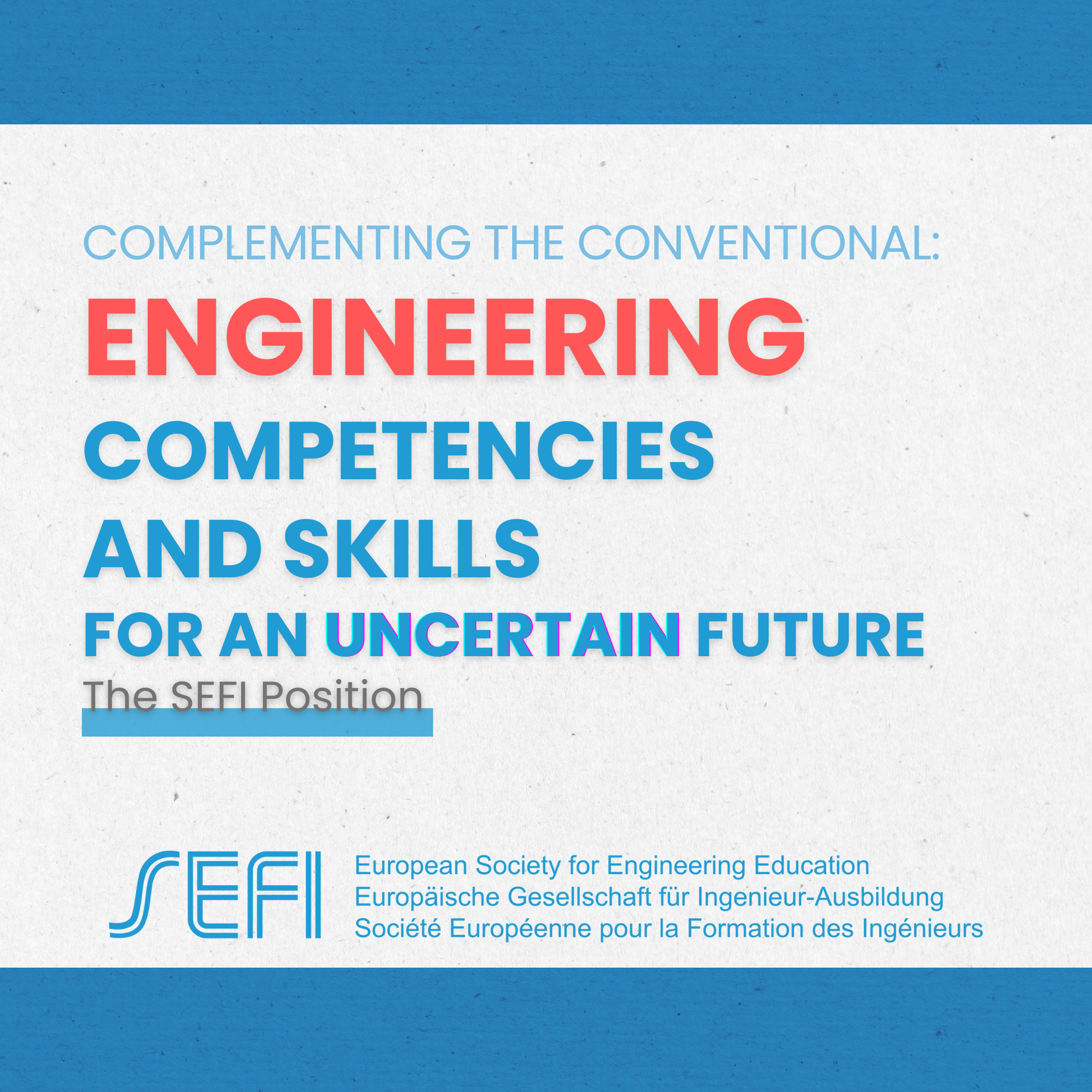From 24 to 26 March, 35 delegates from around the world gathered at the Royal…
What is this case also a case of? What are your underlying assumptions in having students go through your cases?

Uppsala University, Sweden
Our own research on cases in management education shows that cases provide heroic, individualistic and uncritical perspectives on leadership and organization, that they have a narrow scope and focus exclusively on the company and its shareholders, and that they are biased towards masculinity, managerialism and American capitalism. I argue here that engineering ethics should carefully scrutinize the underlying ideas that a teaching case is representing. What are your cases also a case of? What are your underlying assumptions in having students go through your cases?
As Justin Hess and Grant Fore (2018) show, the case study is a commonly used method to teach engineering ethics, and I use it a lot in my teaching practice. A case can be a brief background to a problem, a news article, or a video, but in this piece I refer to cases as narratives about a particular situation that requires action. Case studies are realistic, provide possibilities for some degree of immersion, and urges the student to actually make up their mind, solve a problem, and recommend an action. Although the positive effects of case studies are many, there is also a need for critical reflection about the cases we use.
“What is this case a case of?” is a standard question when interrogating case based research, and we can use it for our teaching cases as well. Depending on the case study that we use, the answer differs: “an extreme situation”, “a situation which we should use to apply a code of conduct or an ethical theory”, etc. But there is much more to the case narrative than this simple answer. To take it one step further, we educators should ask “What is this case also a case of?” looking for a plurality of answers that go beyond the obvious. The second question could generate answers related to how engineering ethics and engineering practice are framed and from what perspective(s) the case is written.
There is a discussion about this in the engineering ethics education literature (namely that many engineering ethics cases are seen from the micro view of the (male) protagonist), but in this piece I would like to bring the attention to the discussion within management education, where cases are a main teaching method, and where there is a lively debate about representation in cases. For example, in our quite recent piece ”Case hacks: four hacks for promoting critical thinking in case-based management education for sustainable development”, Per Fors, Jonathan Woodward and me reviewed literature that argues that management cases provide heroic, individualistic and uncritical perspectives on leadership and organization, that they have a narrow scope and focus exclusively on the company and its shareholders, and that they are biased towards masculinity, managerialism and American capitalism. Despite these shortcomings, in the article, we suggest that we should use these cases, but provide ”hacks” – destabilizing additional material – that allow the students to perceive synergies and conflicts, various stakeholders’ perspectives, expanding empirical knowledge beyond the case, and creating spaces for dialogue.
Transposing this debate to engineering ethics education could lead to the following questions: Is the engineer called forth in the case as a heroic individual? Is the ethical domain portrayed narrowly and seen as only a problem for the company and its shareholders? Are cases biased towards male agency and “Western”, capitalist values? The critical discussion within business and management studies could perhaps serve as a reminder to us engineering ethics educators to carefully scrutinize the underlying ideas that a teaching case is representing (whether one buys it off the shelf or if one writes it): What ideas of agency are promoted? What voices are heard, and which are silenced? Who are active and who are passive? Are there possibilities for incremental or radical change? What views of other countries/cultures are represented? The first answer to the question: “what is this case a case of?” is obvious – some aspect of engineering ethics. But we should not forget to ask ourselves what the case also is a case of?


